
Do not use any other agent except a seal tape. q Contact SMC if using fluids other than air. w Do not supply air pressure from 2(A) port. The air will leak to 1(P) port. e Since the valve may have slight air leakage, it may not be suitable for holding pressure in a pressure vessel.
Actuation Warning 1 Normally closed q Cannot be used for vacuum retention. w Use a release valve. (Without a release valve, the workpiece may not be released.)
3 Sleeve 7 Iron Spacer 8 PBT r Return spring 9 Stainless steel w Board assembly 10 e Casing 11 PBT q Plug 12 NBR O-ring 13 NBR 3 Diaphragm Type Direct Acting 2/3 Port Solenoid Valve for Chemicals Series LVM10/100 Construction/Base Mounted Type LVM13R LVM14R LVM16R !2 !0 !2 !0 !2 !0 !1 !1 !1 y y y t t t u u i i u i o o !3 !3 o !3 r r r e e w w e w q !4 !4 q q !4 LVM115 Description No.
Specification SV2000 SV1000 SV4000 SV3000 Applicable series Manifold type Tie-rod base manifold 1(P: SUP)/3, 5(E: EXH) type Common SUP, EXH Valve stations (maximum) 20 stations Max. number of solenoids 32 points Port size 1(P)/3, 5(E) port C10, N11 C8, N9 C12, N11, 03 C12, N11 C4, C6, C8 N3, N7, N9 C3, C4, C6 N1, N3, N7 C8, C10, C12 N9, N11, 02, 03 C6, C8, C10 N7, N9, N11 4(A)/2(B) port Flow
The SYJ Valve is an innovative combination of space efficiency and performance superiority which provides real value to the design solution. Whether designed in a manifold or used as a single valve, this small profile increases design flexibility and minimizes space requirements. The SYJ valve utilizes a low power (0.5 watts standard) pilot solenoid design, which dramatically reduces thermal
R T (mm) (mm) Rod end male thread Applicable bore size V W X U R S T Q Part no.
+ Stroke) Q + Stroke CY1F 4 x MM thread depth ML (LL) LA 6 x YA recessed area Note 2) XAH7 PA Adjustment bolt Max. approx.
Load Blocking Xb,Xc,Xd zb A za CY3B CY3R Wb X Z CY1S CY1S Wc yc yd CY1L Wa Wd CY1H Y zc,zd Y CY1F CYP Mass and center of gravity of the load Calculation for Overall Center of Gravity Center of gravity mt = mn q Load no.
Disassembly 1) After loosening the screw q, then if the housing r is pulled in the direction of the screw, the connector will be removed from the body of equipment (solenoid, etc.). 2) Pull out the screw q, then remove the gasket or . 3) On the bottom part of the terminal block e, theres a cut-off part (indication of an arrow) .
Fixing method for protective covers WRF100-T200 WRF100-S200 WRF100-T240 WRF100-S240 WRF100-T270 WRF-C200 WRF-C240 w WRF-C270 Tightening torque for cover mounting bolts Location Tightening torque (N.m) t r e r y 3.0 to 4.0 5.0 to 7.0
Nozzle 494 RoHS Desktop Duster Box ZVB Series IZS How to Order IZN A S B ZVB 20 IZF ZVB ZVB q w e r t IZD IZE Nil None Note 1) S With photoelectric sensor Note 2) r AC adapter q Size w Additional air blow B With additional air blow e Photoelectric sensor Note 1) It is necessary to connect an external switch to the external input terminal on the back side of the product.
.-230 Ryan Way, South San Francisco, CA 94080-6370-Main Office: (650) 588-9200-Outside Local Area: (800) 258-9200-www.stevenengineering.com CRA1 CRQ2 MSQ MRQ D20Component Parts No. q w e r t y u i o !0 !1 !2 !3 !4 !5 !6 !7 !8 !
Working principle A + A' A' q When the piston is retracting, exhaust is discharged from both A and A' until piston seal H passes the air passage A. After piston seal H has passed the air passage A, exhaust is discharged only from A'. The section marked with diagonal lines becomes a cushion chamber, and a cushioning effect is achieved.
4 @1 u q !3 !2 @6 t @4 w @8 r !1 @5 @3 @2 e !6 CL A CL1 MLGC CNG A MNB C Courtesy of Steven Engineering, Inc.-230 Ryan Way, South San Francisco, CA 94080-6370-Main Office: (650) 588-9200-Outside Local Area: (800) 258-9200-www.stevenengineering.com B CNA M(D)LUB25 CNS y CLS !9 i o !5 @0 CLQ Extension locking w q MLGP Section A-A' !
Port size q Seal order no. r Seal order no. t Seal order no.
q r r w w (y) e (y) t e t Component Parts No.
When the inlet pressure is shut off and released, the check valve w opens and the pressure in the diaphragm chamber q is released to the inlet side (Figure 2). This lowers the pressure in the diaphragm chamber q and the force generated by the pressure regulator spring e pushes down the diaphragm.
When the inlet pressure is shut off and released, the check valve w opens and the pressure in the diaphragm chamber q is released to the inlet side (Figure 2). This lowers the pressure in the diaphragm chamber q and the force generated by the pressure regulator spring e pushes down the diaphragm.
When the inlet pressure is shut off and released, the check valve w opens and the pressure in the diaphragm chamber q is released to the inlet side (Figure 2). This lowers the pressure in the diaphragm chamber q and the force generated by the pressure regulator spring e pushes down the diaphragm.
KT-FGDC KT-FGDE KT-FGDT KT-FGDF Replacement parts A 1 kit for each of each one of seals q to t and gasket.
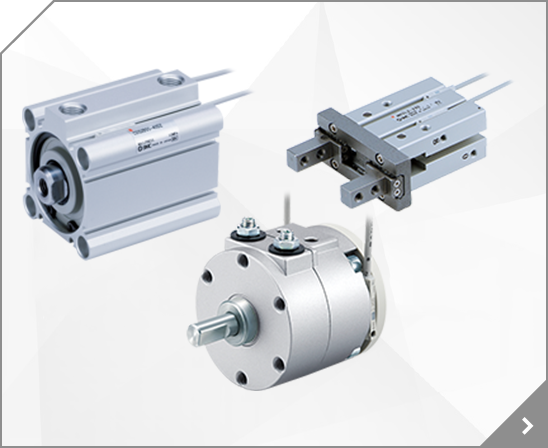
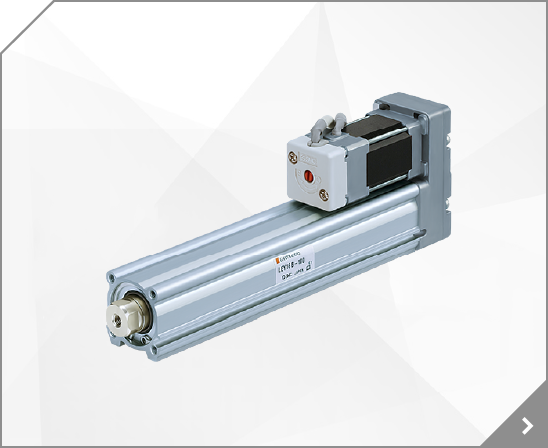
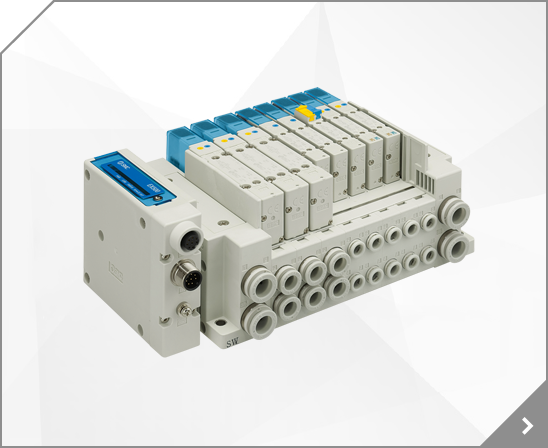
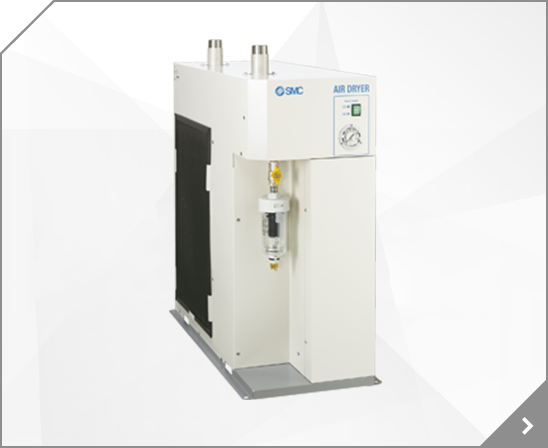
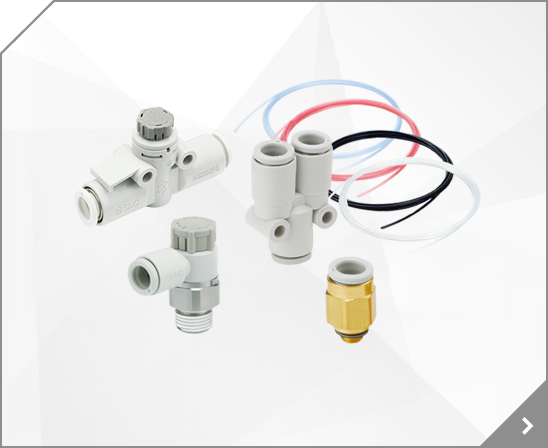
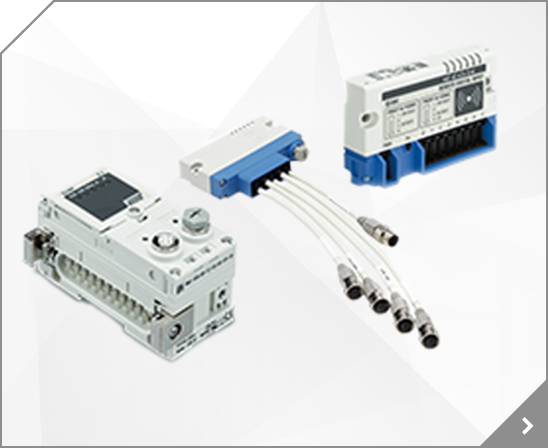
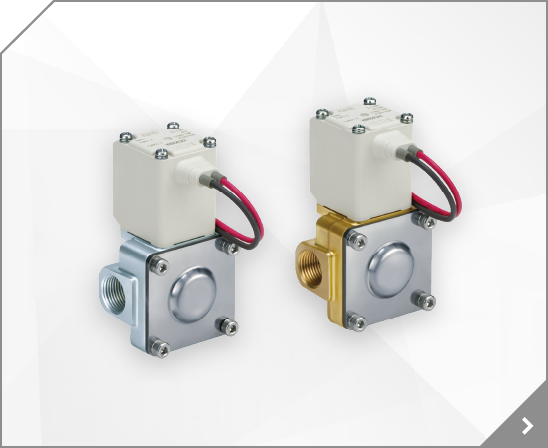
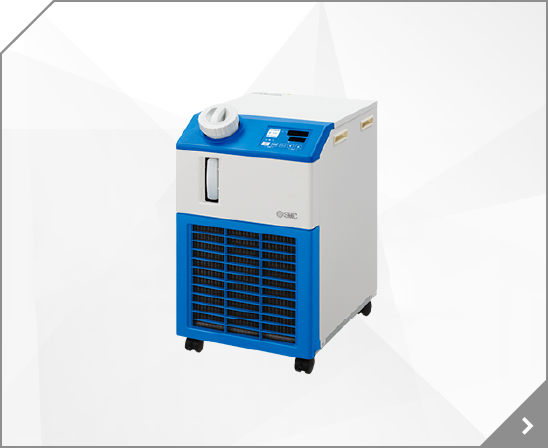
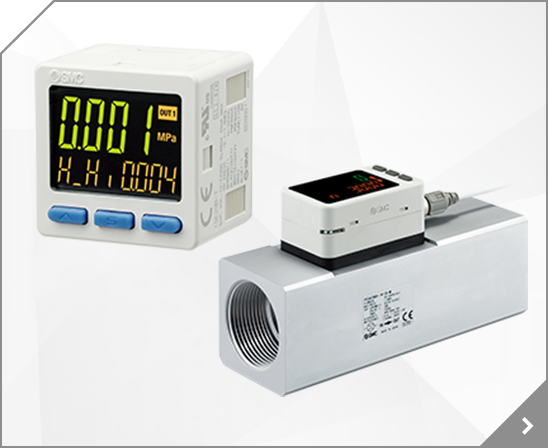
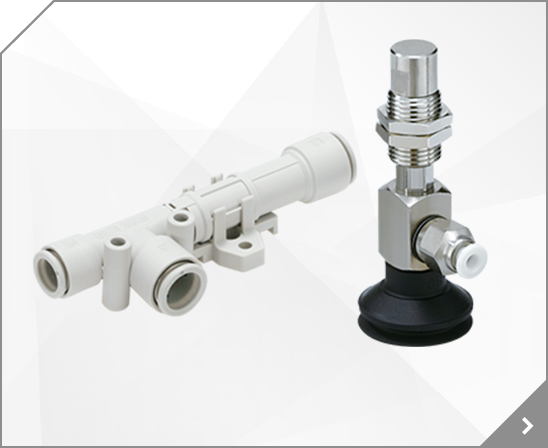

 VHK
VHK